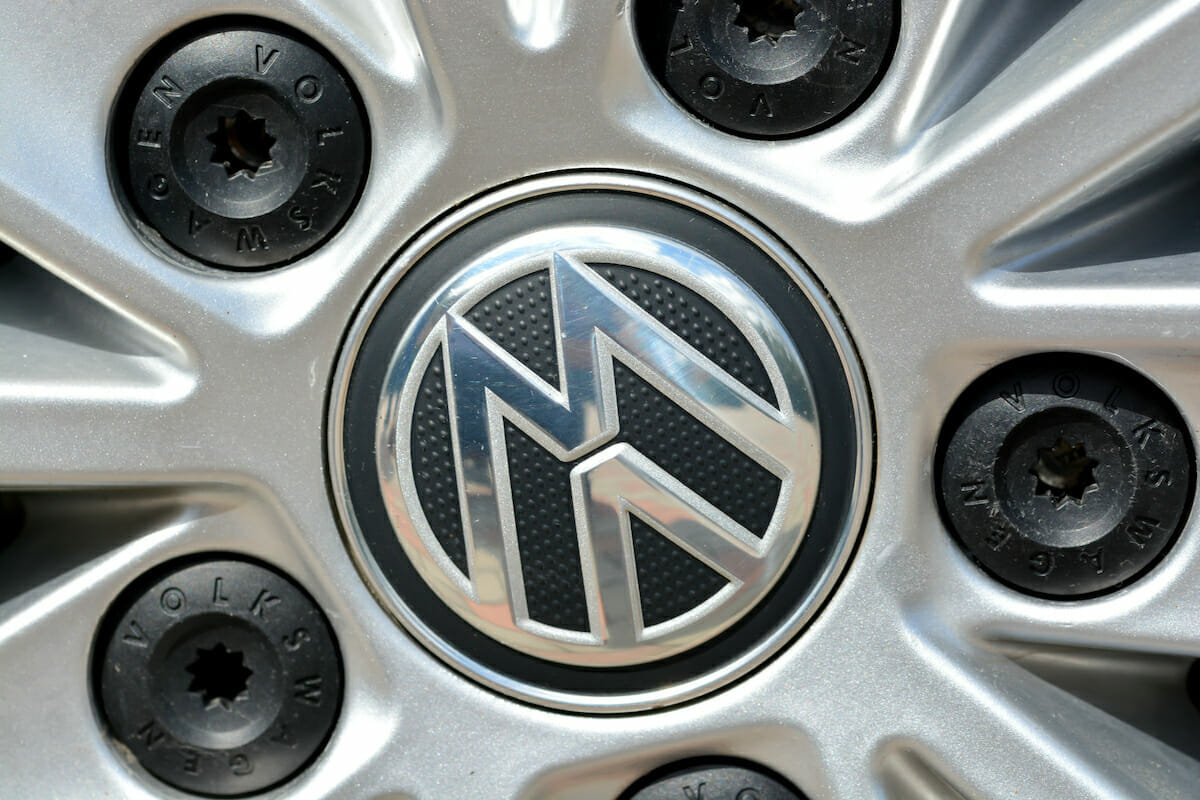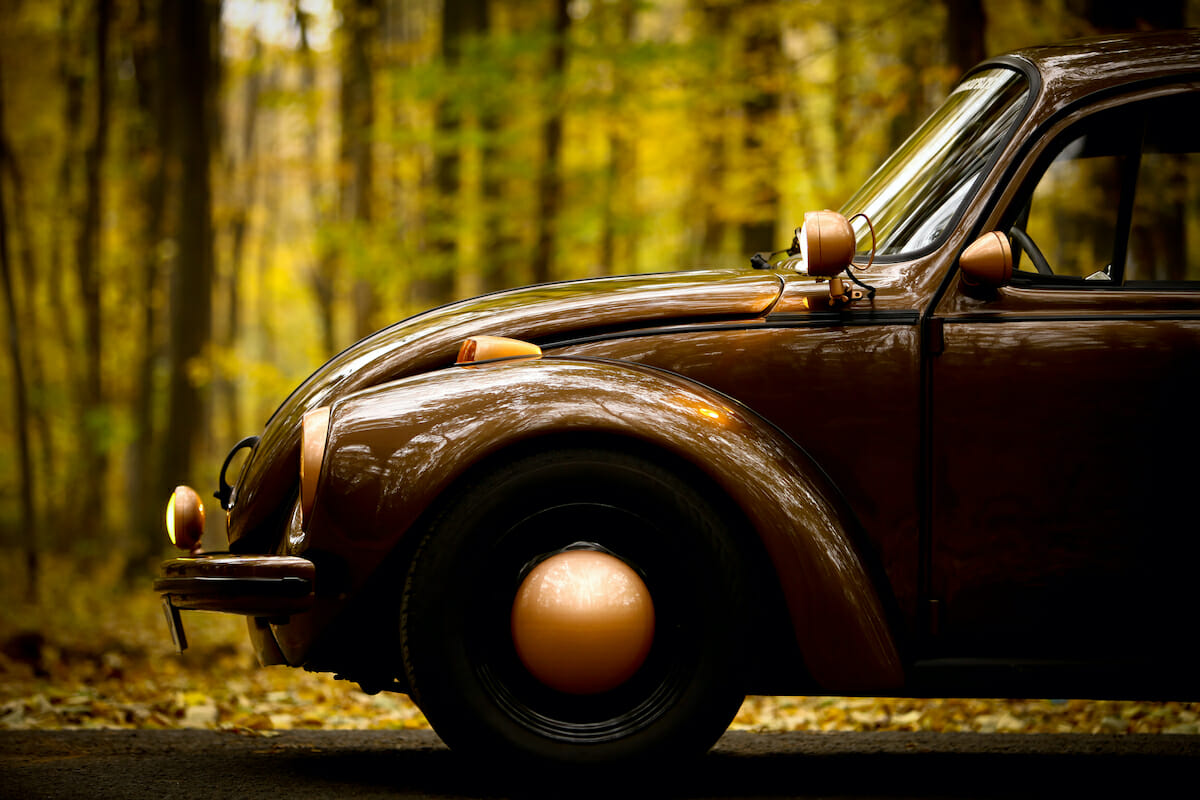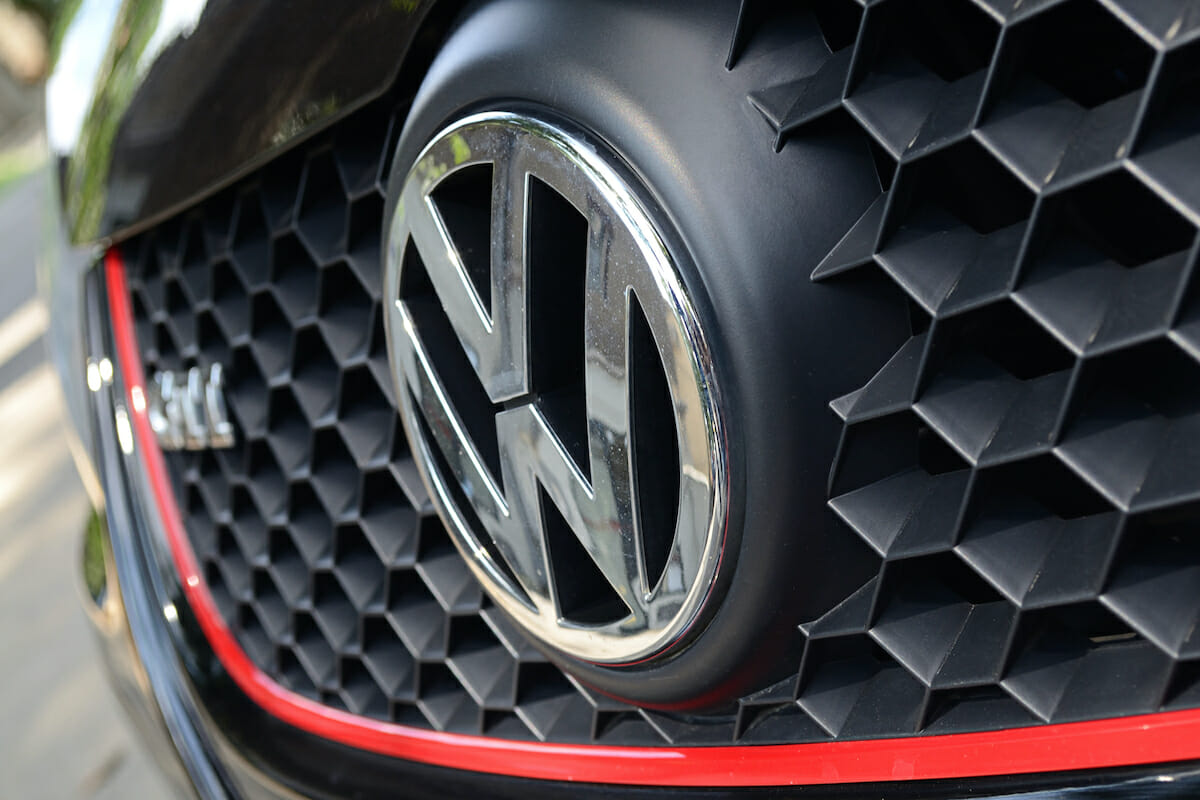
Choosing the best car from one of the world’s largest car manufacturers is no easy task. But we were up for the challenge.
Automotive journalists have to be backed into a corner and threatened to be held without coffee to claim something is “the best.” We know better than anyone, the answer to “what is the best?” is almost always, “well, it depends.” However, if you ask us, “what is the best Volkswagen?” Our answer snaps back like an autonomic reflex: “The GTI.”
In German, the name Volkswagen means “people’s car.” Most Americans probably don’t realize VW and Toyota swap places almost yearly for the title of the world’s biggest car company. When you ask, what is the best Volkswagen, you are also asking, what’s one of the best cars in the world that Americans ignore?
Volkswagen’s Incredible History

The Volkswagen Beetle was designed pre-World War II as a means to get the German economy on the road, literally. Only a handful of Beetles were produced before the start of the war, after which the factory was converted to military production and eventually destroyed by allied bombing. The real beginning of VW is after the war. In 1945, under the leadership of British Army Officer Ivan Hirst, the factory in Wolfsburg was rebuilt and started producing Beetles. To Germans, the Beetle is a symbol of the postwar rebirth.
Although Volkswagen sales started in the U.S. in 1949, the Beetle was not an immediate success. VW’s global sales boomed throughout the 1950s, surpassing one-million cars built. It took Americans until the 1960s to fall in love with the Beetle.
By 1970, the Beetle was long past its prime. Volkswagen needed a modern successor. The Golf, Rabbit in the United States, debuted in 1974. A more conventional car, although front-wheel drive hatchbacks were unusual in the U.S.
Not long after the Volkswagen Golf debuted, engineers began working after hours on a performance version. The Volkswagen Golf GTI made its European Debut in 1976 but didn’t make it to the United States until 1983. In the same way, the Beetle got Germans back on the road post-war, the GTI brought performance cars and driving enjoyment back to a market post-oil crises and emissions laws.
What Makes the GTI Great?
We all want a car that does it all. Everything from hauling kids to bringing home that new flat-screen TV or even driving on race tracks. GTI owners are doing all of these things, and a lot more on a daily basis.
First and foremost, the GTI is utilitarian because it begins as a Golf. The Golf is practical, space-efficient, comfortable, and drives well, it fits the needs of probably 80% of American drivers.
The GTI takes all the goodness of a regular Golf and ramps up the driving enjoyment without sacrificing anything, other than the starting price and a couple of mpg. We usually don’t think of hatchbacks as being enthusiast cars, but the GTI invented the hot hatch category and is still the best available.
Mk1 GTI (1983-1984)
The GTI may have taken a few years to get to the United States, but it was worth the wait. Clean and unmodified early cars are rare. A low-miles car can easily cost $20,000 or more. A decent rust-free car that still needs work can set you back $8,000-$12,000. The good news is, they’re simple, which translates to easy to work on yourself. Most of the mechanical parts are readily available from online sellers at reasonable prices. Some exterior and interior trim pieces are going to be harder to find and command a premium.
Mk2 GTI (1985-1992)
Every generation of GTI gets bigger, more powerful, and more refined. The Mk2 debuted with a slightly more powerful 1.8L inline 4-cylinder engine compared to MK1. In 1987, the engine went from 2 valves per cylinder to 4, creating the 123 horsepower 16v model.
The most collectible versions of the Mk2 were from 1990 to 1992, known as big-bumper cars. Two models were available, the 1.8L 8-valve and the lusty 2.0L 16-valve. The 16-valve cars included BBS wheels and Recaro seats, the stuff of dreams for 1990s car enthusiasts.
Expect to pay a premium for well-maintained cars. Watch out for rust, warped cylinder heads, and irreversible modifications.
Mk3 GTI (1993-1998)
The third time was a game-changing charm for the GTI. The design and quality redefined entry-level car expectations. From soft-touch interior materials to the muscle of a 172 horsepower 2.8L 6-cylinder engine. The inline V6, called VR6, was revolutionary at the time, especially in a sport compact car.
American models had softer suspension than the rest of the world. In 1997, VW introduced a limited Driver’s Edition, which included lower and stiffer suspension along with special paint colors.
Clean Mk3 GTIs are abundant and affordable. Look for cars without previous bodywork or at least documentation of work done properly. Cars with a full-service history are preferable, although some examples are likely on fourth or fifth owners.

MK4 GTI (1999-2005)
The MK4 continued on with the VR6 engine and luxury car level of interior fit and finish. The introduction of a turbocharged 1.8L 20-valve 4-cylinder engine was another game-changer. The new turbocharged engine responds well to aftermarket tuning, which makes adding horsepower cheap and easy.
The MK4 GTI is a good first car for a young driver or even an excellent project car for enthusiasts. Parts are still readily available and the cars are easy to service without the need for specialized tools. The VR6 is still a great engine, choosing between it and the 1.8t is a matter of preference. The problems that plagued early cars: coil packs, window regulators, and MAF sensors have all been worked out at this point, just make sure those have all been replaced.
MK5 GTI (2006-2009)
Another new generation means another big advancement in engine technology. Gasoline direct injection changed powertrains across the industry. Spraying fuel directly into the combustion chamber not only made engines more powerful but more fuel-efficient.
This was also the first GTI to be offered with Volkswagens dual-clutch transmission, the DSG. It’s a big step forward and the first automated transmission to outperform a manual.
The styling of the MK5 was controversial when it was introduced; longtime fans don’t feel it looks like a GTI. Looks are subjective but you can’t argue the MK5 represents a good value in the used market. The interior is more spacious than the MK4 and the dash layout still modern today. The later the car, the better. High-milage DSGs can be troublesome.
MK6 GTI (2010-2014)
It’s hard to believe the MK6 is 10 years old. It was more of a refresh of the MK5 but was such a big step in styling. All the softness that made the MK5 GTI look like a rolling marshmallow was chiseled into a more classic GTI silhouette.
The drivetrain was also an evolution of the 2.0t with either the 6-speed DSG or 6-speed manual. Values of a well-equipped MK6 GTI are around $10,000 according to Kelly Blue Book. Again, the manual transmission is the better long-term choice. Make sure the timing chain tensioners have been replaced under a technical service bulletin. VW extended the warranty on the intake manifold to 10 years or 120 miles on some cars. Early cars had water pump problems, but most have been replaced by now.
MK7 GTI (2015-2021)
The latest, the biggest, and possibly the best GTI yet. These are still available new, certified preowned, and used. The backseat is cavernous, it’s the fastest GTI ever and has technology equal to cars twice the price.
2015 model year cars had problems with faulty turbos, look to see those have been replaced. Those same early cars had problems with the DSG mechatronic unit, which can set you back $1500 just for the replacement part.
The driving experience is about as good as it gets. As BMW and Mercedes have forsaken driving experience for mainstream appeal, VW doubled down for the MK7. Find an example with the Performance Package to get the limited slip differential and larger brakes. The three-door body style was discontinued in 2017 and the whole lineup was freshened up in 2018. If you want a new MK7 GTI, get it now as the MK8 is on its way, hitting the United States in late 2021.
What is the Best Generation of GTI?
Saying a particular model is the best is obviously subjective and depends on your particular tastes. As someone who has owned at least one of every generation, I would prefer to have both an Mk2 as a fun weekend car and an MK7 as a daily driver. There are very few cars on the road that deliver the driving experience of a GTI and even fewer that also offer the cargo space to accommodate a roomful of IKEA furniture.
Photos: DepositPhotos: Ai82
